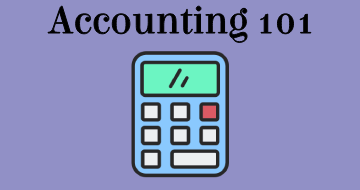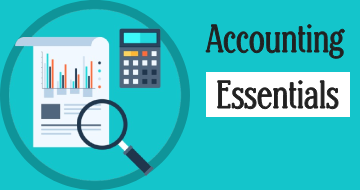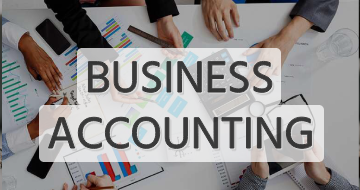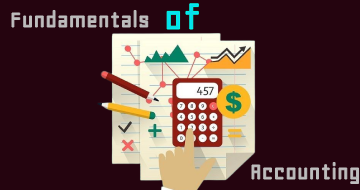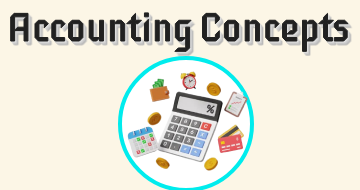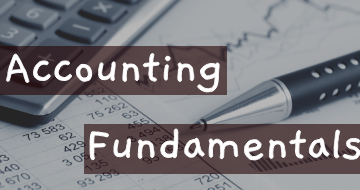IIRF Online > Finance & Accounting > Accounting & Bookkeeping > Accounting > Introduction to Finance, Accounting, Modeling and Valuation
Introduction to Finance, Accounting, Modeling and Valuation by Udemy
Learn Finance & Accounting from Scratch by an Award Winning MBA Professor, Ivy Grad, worked @ Goldman & VC
Course Highlights
- #1 Best Selling Accounting Course on Udemy (Learn Finance and Accounting the Easy Way)!
- Analyze and understand an income statement (even if you have no experience with income statements).
- Analyze and understand a balance sheet (even if you have no experience with balance sheets).
- Analyze and understand a cash flow statement (even if you have no experience with cash flow statements).
- Understand and use modeling best practices so you can create financial models.
- Know where to get data in order to build a financial model (in depth understanding of identifying and using/navigating the best free websites and sources to build your financial model)!
- Create a financial model (projecting the future) for an income statement.
- Create a financial model (projecting the future) for a balance sheet.
- Create a financial model (projecting the future) for a cash flow statement.
- Understand valuation best practices so you can create target prices based on your financial models.
- How to use Discounted Cash Flow (DCF) and how to create the Weighted Average Cost of Capital and Terminal values in order to pick target prices.
- How to use P/E in order to pick target prices.
- How to use P/R in order to pick target prices.
- Other valuation methodologies, including EV/Sales, EV/EBITDA, P/B, EV/FCF, etc.
- Come up with a target price based on an average of several different valuation methodologies.
- Analyze the total addressable market for a company you are doing research on.
- Analyze financial statements using profitability ratios: Gross Margin (Cost of Goods Sold / Revenue), Operating Margin (EBITDA/ Revenue), Net Profit Margin (Net Income / Revenue), Return on Assets (Net Income / Assets) and Return on Equity (Net Income / Equity).
- Analyze financial statements using debt and inventory formulas: Debt to Assets (Total Liabilities/ Total Assets), Debt to Equity (Total Liabilities/ Total Equity), Interest Coverage Ratio (EBITDA / Interest) and Inventory Days on Hand (Inventory / Cost of Good Sold) * 365.
- Analyze and compare companies using the following formulas: Price / Earnings, PEG (P/E / Growth), Price / Revenue, EV/EBITDA, EV/Sales, Price/Free Cash Flow and Price / Book.
- We will do an extremely in depth professional accounting, finance, modeling and valuation analysis of LinkedIn using the accounting and finance methodologies used in this course (you will also have many exercises to complete that will help you understand accounting, finance, valuation and modeling).
Skills you will learn!
Curriculum
3 Topics
Thank You Message from Chris
Course Introduction & Who is this Course For?
How to Ask me Questions Live on my Weekly Webcast (Includes Zoom)
5 Topics
Why is the Income Statement Important & How Can It Help You Achieve Your Goals
Income Statement Explanation
Income Statement Example and Analysis
Income Statement Analysis Exercise
Income Statement Analysis Exercise Answers Explanations
5 Topics
Why is the Balance Sheet Important & How Can It Help You Achieve Your Goals
Balance Sheet Explanation
Balance Sheet Example and Analysis
Balance Sheet Analysis Exercise
Balance Sheet Analysis Exercise Answer Explanations
7 Topics
Why is the Cash Flow Statement Important+How Can It Help You Achieve Your Goals
Cash Flow Statement Explanation
Cash Flow Statement Example and Analysis
Cash Flow Statement Analysis Exercise
Cash Flow Statement Analysis Exercise Answer Explanations
Financial Statement Analysis Conclusion (How All 3 Statements Are Related)
CPE Review Quiz: Section 2-4
2 Topics
Why is Financial Modeling Important & How Can It Help You Achieve Your Goals
Financial Modeling Best Practices
6 Topics
Why is Investor Relations+SEC.Gov Important & How Can It Help Me Build Models?
Introduction to Investor Relations (A Great Model Data Source)
SEC.gov is Another Great Model Resource
Yahoo Finance is Also a Great Model Resource
What Quarterly Earnings Call & Why Is It Important for Modeling Purposes?
CPE Review Quiz: Section 5-6
6 Topics
Case Study Introduction and What You Will Learn in this Section
Qualitative Analysis on LinkedIn
What is the Total Addressable Market for LinkedIn and Why is this Important?
LinkedIn Model Introduction
LinkedIn Model Discussion in More Detail (Historical Data Only)
Forecasting the LinkedIn Model
4 Topics
Financial Modeling Exercises Introduction
Financial Modeling Exercise
Modeling Exercise Answer Explanations
CPE Review Quiz: Section 7-8
3 Topics
Introduction to Valuation
More Detail on Growth Versus Value and P/E + P/R + DCF Overview
25 Valuation and Modeling Best Practices
7 Topics
What is DCF Why is it Important and How Does it Work?
Calculating the Terminal Value
Calculating the Weighted Average Cost of Capital (WACC)
DCF Example
DCF Exercise
DCF Exercise Answer Explanations Part 1 of 2
DCF Exercise Answer Explanations Part 2 of 2
4 Topics
What is Price / Revenue and Why Do We Need to Base a Target Price on this Ratio?
Price to Revenue Example
Price to Revenue Valuation Exercise
Price to Revenue Exercise Answer Explanations
5 Topics
Introduction to P/E and Why it Matters
Price to Earnings Example
Price to Earnings Valuation Exercise
Price to Earnings Exercise Answer Explanations
Additional Valuation Methodologies
1 Topic
Our Final Price Target Calculation
1 Topic
Using the TAM to Verify How Realistic Our Target Price Is
5 Topics
Introduction to Formulas
Amazing Formulas to Assess Financials
Exercise on Using Formulas
Discussion of the Answers to the Formulas Exercise
CPE Review Quiz: Section 9-15
1 Topic
Bonus Items
2 Topics
Conclusion
CPE Qualified Assessment

Introduction to Finance, Accounting, Modeling and Valuation
